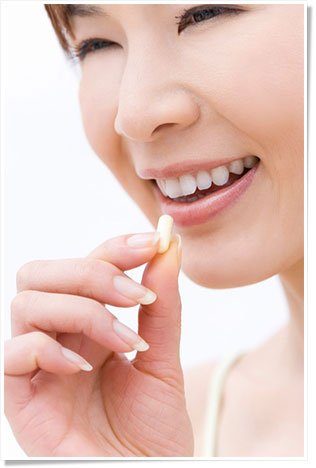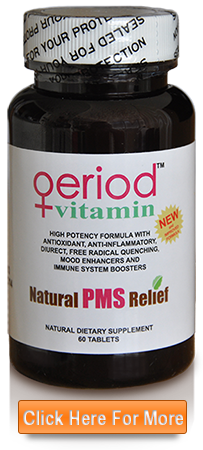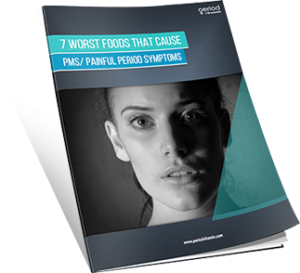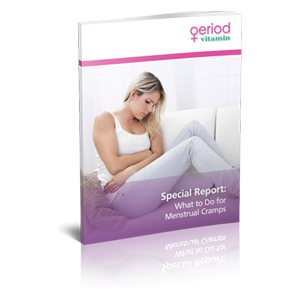 If you’re asking the question can lack of calcium cause menstrual cramps or is calcium good for period cramps, it means you need to learn more about nutrition and how it impacts your health.
If you’re asking the question can lack of calcium cause menstrual cramps or is calcium good for period cramps, it means you need to learn more about nutrition and how it impacts your health.
This is such a fun topic to investigate because each and every time you read about a vitamin or mineral or an herb, you’ll see how it could potentially transform your life for the better. You’ll read deficiency symptoms of a nutrient and think to yourself, “I have that one!” or “Mary has that symptom!” You’ll be motivated to try taking the supplement just to see what happens.
And it’s your body – you’re entitled to experiment with it. But there is something you should know about nutrition experiments on yourself: Always have the list of RDAs or Recommended Daily Allowances – in front of you when you do an experiment.
For example, let’s say you read about calcium for menstrual cramps and discover the dosage is 500 mg daily. That’s good – and it’s a first step – but you have to go beyond this info. Nutrition is complicated. When you put calcium or any other nutrient into the body in a higher dosage, the nutrients you don’t put in will be automatically lowered. So over time you could conceivably be causing deficiencies.
How Much Calcium for Menstrual Cramps is Not the Right Question
You have to know not only what is the dosage to stop menstrual cramps, but also what other nutrients should be taken with it. Calcium needs magnesium, phosphorus and vitamin D to be taken with it. The usual dosages are: 500 mg calcium, 250 mg magnesium, 250 phosphorus, and 2000 IU vitamin D3. It might even include 15 mg zinc with 2 mg copper.
If you have the balance of the other nutrients, you won’t get constipated from the calcium by itself. On the other hand, if you just take 400-500 mg magnesium, you will end up potentially with loose stools – this is because you didn’t balance it with the calcium that causes constipation.
Do you see how it’s good to start learning about the nutrients to use to reduce period cramps but you have to continue reading? Don’t think that one article you read on the internet is enough. Better yet, see a clinical nutritionist who already did all the reading. She can help you by offering you plenty of tips.
When you take herbals for period cramps, there’s not so much to learn. Certain herbs help reduce cramps and you simply need a dosage, what form of the herb to take (leaf, root, extract, topical, etc.), and whether or not there are people who should not take it.
 Here’s a quick list to help get you started:
Here’s a quick list to help get you started:
- Red raspberry leaf – Drink as many cups of this herb tea daily as you wish. It helps balance hormone levels. One cup of tea needs one tea bag, or one teaspoon herb.
- Ginger – You’ll need four 250 mg capsules per day of this one to make it work. Take it a few days before your period starts and then up til a few days after. Your pain relief of cramps will be equal to the relief obtained with ibuprofen.
- Chinese herbs – The herb called red peony root and angelica root are responsible for decreasing the cramps, but the Chinese believe more in herbal combinations, not single herbs. The combinations are more effective. Take these according to the labels on the bottle – and purchase the one specifically designed for your menstrual cramps.
- Chasteberry and Black Cohosh – These are often together in PMS formulas. Take two capsules two to three times daily.
Don’t forget to take a period vitamin, too. These are essential for supplying all the vitamins and minerals your body needs; in addition, it supplies some herbs too. This way you can get all of them at one time and not have to worry about dosages. A period vitamin is taken once daily so it’s easy to do. Many women find exceptional benefits to their PMS symptoms when they take it. Try it and find out what it does for you!



